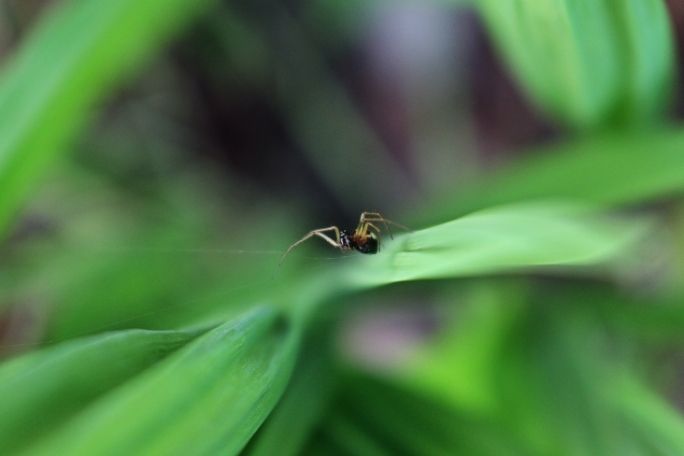Lesson summary
Students investigate the interconnected relationships within a simplified food web. Students deduce the impact on the food web when components are changed.
Learning intentions:
Students will...
- understand that food webs are representations of the energy flow within an ecosystem
- understand that a food web diagram helps explain the relationships between groups of different organisms
- recognise that food web diagrams can help explain the consequences when elements within a food web change.
Lesson guides and printables
Lesson details
Curriculum mapping
Australian Curriculum content description:
Year 5 Science:
- Living things have structural features and adaptations that help them to survive in their environment (ACSSU043)
- Communicate ideas, explanations and processes in a variety of ways, including multi-modal texts (ACSIS093)
Year 6 Science:
- The growth and survival of living things are affected by the physical conditions of their environment (ACSSU094)
- Communicate ideas, explanations and processes in a variety of ways, including multi-modal texts (ACSIS110)
General capabilities: Critical and creative thinking.
Cross-curriculum priority: Sustainability OI.2.
Syllabus Outcomes: ST3-4WS, ST3-10LW, ST3-11LW.
Time required: 60 mins
Level of teacher scaffolding: Medium – Lead students in activities and ask questions throughout the activities.
Resources required
- Internet access, white board
- Student Worksheet – one copy per student
Additional info
This is an original Cool.org lesson. Facts and figures in these lessons may have changed since this lesson was published. We always endeavour to update our resources in a timely manner, but if you see an error or issue in our resources please get in touch with us.


Welcome back!
Don't have an account yet?
Log in with:
By signing up to Cool.org you consent and agree to Cool's privacy policy to
store, manage and process your personal information. To read more, please see
our privacy policy here(Opens in new tab).
Create your free Cool.org account.
Many of our resources are free, with an option to upgrade to Cool+ for premium content.
Already have an account?
Sign up with:
By signing up to Cool.org you consent and agree to Cool's privacy policy to
store, manage and process your personal information. To read more, please see
our privacy policy here(Opens in new tab).